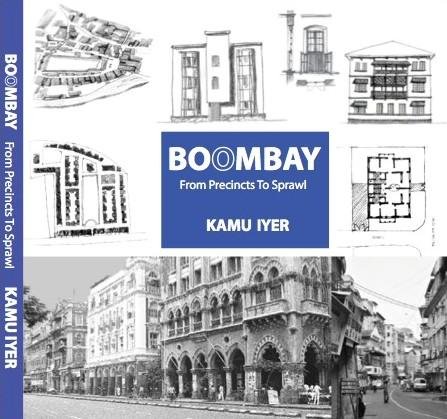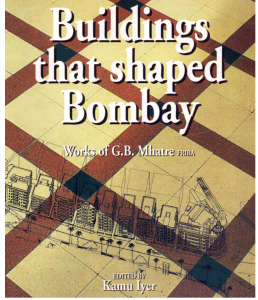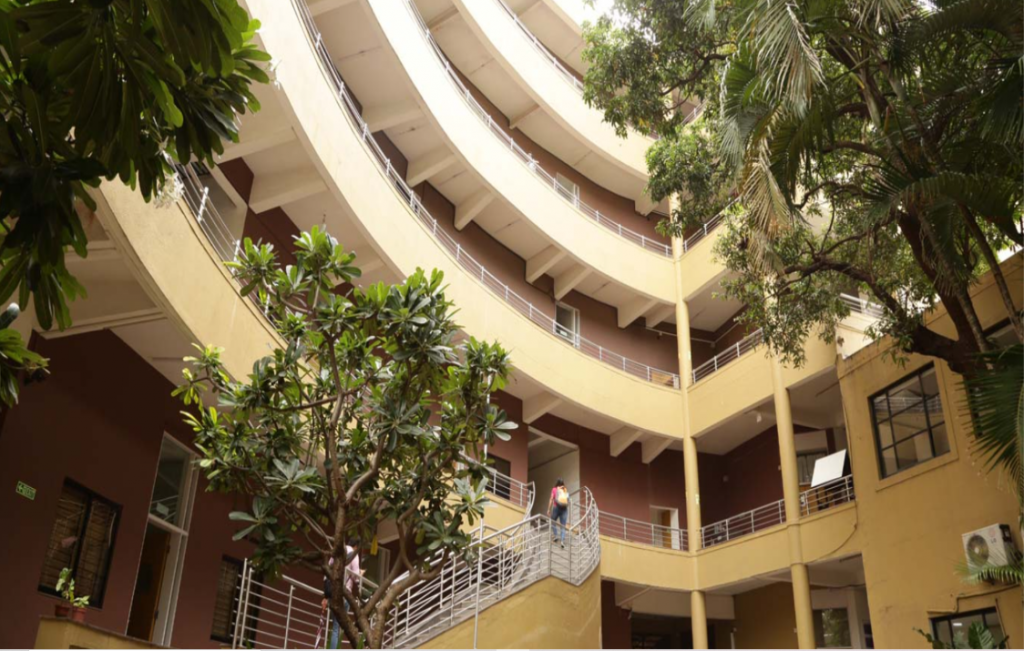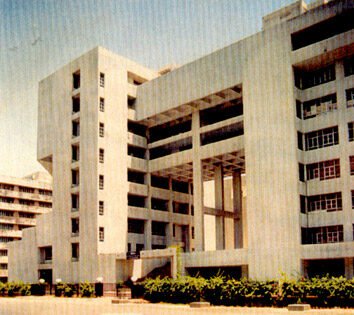Kamu Iyer; you might have heard this name in a lot of references related to the study of Architecture and heritage of Mumbai. The architecture of ‘Bombay’ would be incomplete without the mention of Ar. Kamu Iyer. His works spoke for him. Try reading more about Bombay’s (Mumbai) Architecture and heritage, and I bet, Kamu Iyer’s books are going to steal your attention. It is impossible to not get lost in the world of Iyer’s architecture and modernist Ideologies. With a heavy heart, we have to now come to terms with the fact that he is no longer with us. Unfortunately, it is only his works and his teachings that are going to be with us from now. Kamu Iyer passed away on the 19 September 2020 at the age of 88 years.
Kamu Iyer – One of the foremost pillar of Bombay’s Architecture
Kamu Iyers’s death is like a closing chapter of an entire generation of Bombay’s architecture. The generation that was indeed self-taught and explored various facets of modern architecture of the financial capital of Mumbai. The essence of modernism was added to the architecture of Bombay by Iyer and his contemporaries. He was more of a humanist and understood the power and influence of design in the urban context. His works put forward an empathetic edge to design. Iyer, an alumnus of the Sir J.J School of Architecture formed the independent practice Architects Combine along with his peers in Mumbai. The works that have churned of this studio can be best referred to as ‘creative process’ that resonated with nature as well as social human life.


One of the many famous books by Iyer is ‘Bombay: From Precincts to Sprawl’ encompasses his teachings in the form of documentation of his learnings from the varied fabric of the city of Mumbai. The book talks about Mumbai’s culturally and architecturally varied landscape from Fort, Kalaghoda to other precincts like Dadar Matunga or Lalbaug. Iyer has documented as to how he perceived this change in the landscape and how he utilized it in his designs. Kamu’s work gives us the best approach to design in a culturally vibrant context. Iyer’s observations were not limited to Mumbai. He even had a lot of knowledge to give us upon the change in the urban fabric of Bengaluru. He had also worked for a brief period as the Architect for Government of Karnataka. Hence, we can say that Kamu’s magic is indeed widespread and adaptive to various cultural and social contexts.
Moreover, in his book ‘Bildings that Shaped Bombay’ Kamu has extensively presented the works of architect G B Mahatre, who was the pioneer of Art Deco buildings in Bombay. Iyer himself had lived in one of these Art deco buildings of Bombay and had grown up in the Mumbai. This led to a fascination in him for the subject of architecture as well as for the works of Mhatre. ‘Buildings that shaped Bombay’ is a must-read book by Iyer and it immediately transports one back in the times of old Bombay. Thus, there is no doubt that Iyer’s literary works had a power to engross one into the essence of the subject.
Works of Kamu Iyer


Kamu Iyer has worked cannot confined to a particular type. For his designs were always adaptive to the nature of the site and its cultural fabric. Iyer has also designed a range of housing development projects for the government of Karnataka and several bungalows in Ahmedabad as well as Bengaluru. One of the famous building by lyer is the Cama Hotel in Ahmedabad, for which he had worked with Charles Correa. His project of Cama Hotel is known for the usage of local materials in the modern context, which was formulated by Iyer himself. Among the educational buildings, some of the famous works of Kamu Lyer include the SP Jain Institute of Management and Research in the Bhavan’s College campus and the SIES College Campus in Nerul. Furthermore, some of his institutional buildings include Dr E Borges Memorial Home and the MMRDA Office Building in the BKC.
An Obituary
Kamu Iyer once in an interview said, “My career has been like a long train ride with no fixed destination, but with varying and boundless scenic beauty.” Well, this train might seem to have stopped, but I am sure it has given rise a bundle of new journeys in form of Iyer’s teaching to the young architects. I am sure his thought the process will continue to ride forever in our hearts, our minds and our works.



